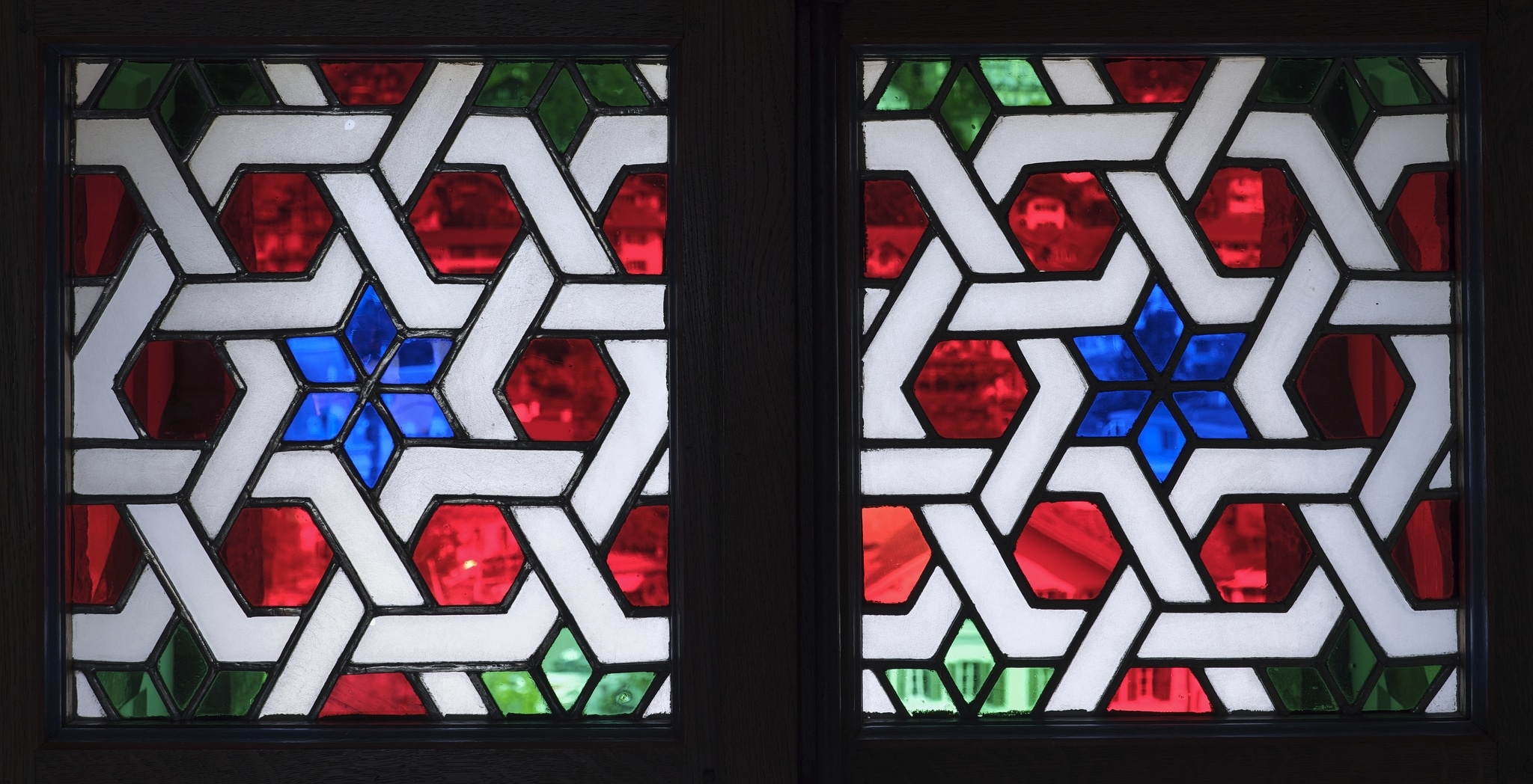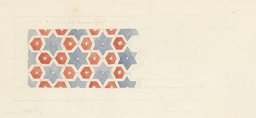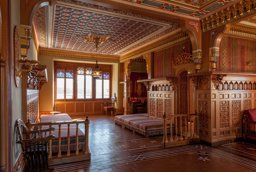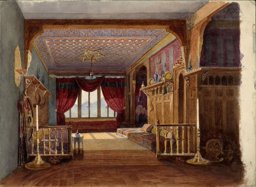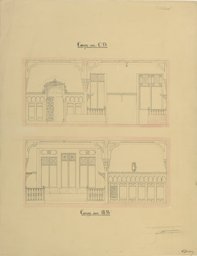Bäbler, M. & Bätschmann, M.T. (2006). Mit Zirkel und Palette. Theodor Zeerleder (1820–1868) – Berner Architekt, Zeichner, Orientreisender. Bern: Stämpfli Verlag.
Burgerbibliothek Bern, BBB, Gr. B. 322.
Burgerbibliothek Bern, Theodor Zeerleder, Journal, 1846–1848, Burgerbibliothek Bern, Mss.h.h.XLIV.78.
Germann, G. (2002a). „Schloss Oberhofen und seine Grafen“, in Riviera am Thunersee im 19. Jh., Bern, Stämpfli Verlag, 97–100.
Germann, G. (2002b). „Schloss Oberhofen und seine Architekten“, in Riviera am Thunersee im 19. Jh., Bern, Stämpfli Verlag, 101–112.
Giese, F. (2019). Orientalisierende Fumoirs in der Schweiz: Islamische Architekturzitate zwischen Nachahmung, Abguss und Assemblage. In F. Giese, L. el-Wakil, & A. Varela Braga (Eds.), Der Orient in der Schweiz / L’Orient en Suisse: Neo-islamische Architektur und Interieurs im 19. und 20. Jahrhundert. Welten des Islams, 10 (pp. 59–84). De Gruyter.
Heuberger, V. (2000), «Maskenball» der Baukunst: historistische Wohnbauten und Innenausstattungen des 19. Jahrhunderts am Thunersee, Kunst + Architektur in der Schweiz 51, pp. 32–42.
Jordi, R. (2004). Schloss Oberhofen. Die Wiederentdeckung eines Stücks Geschichte. Thun: Jordi Eigenverlag.
Keller, S. (2019). "Glänzende Wirkungen" – neo-islamische Glasmalerei in der Schweiz. In F. Giese, L. el-Wakil, & A. Varela Braga (Eds.), Der Orient in der Schweiz / L’Orient en Suisse: Neo-islamische Architektur und Interieurs im 19. und 20. Jahrhundert. Welten des Islams, 10 (pp. 201–221). De Gruyter.
Keller, S. (2020). Farbe des Orients. In F. Giese (Ed.), La redécouverte de la couleur (pp. 47– 64). De Gruyter.
Tripet, M. (1894). „Le docteur Stantz“, Schweizer Archiv für Heraldik, 8, 1894, 213.
von Mülinen-Gurowski, B. (1859). Ein Besuch im Schloss Oberhofen. Rückblicke auf seine Geschichte, Berner Taschenbuch 8, 1859, 232–256.
